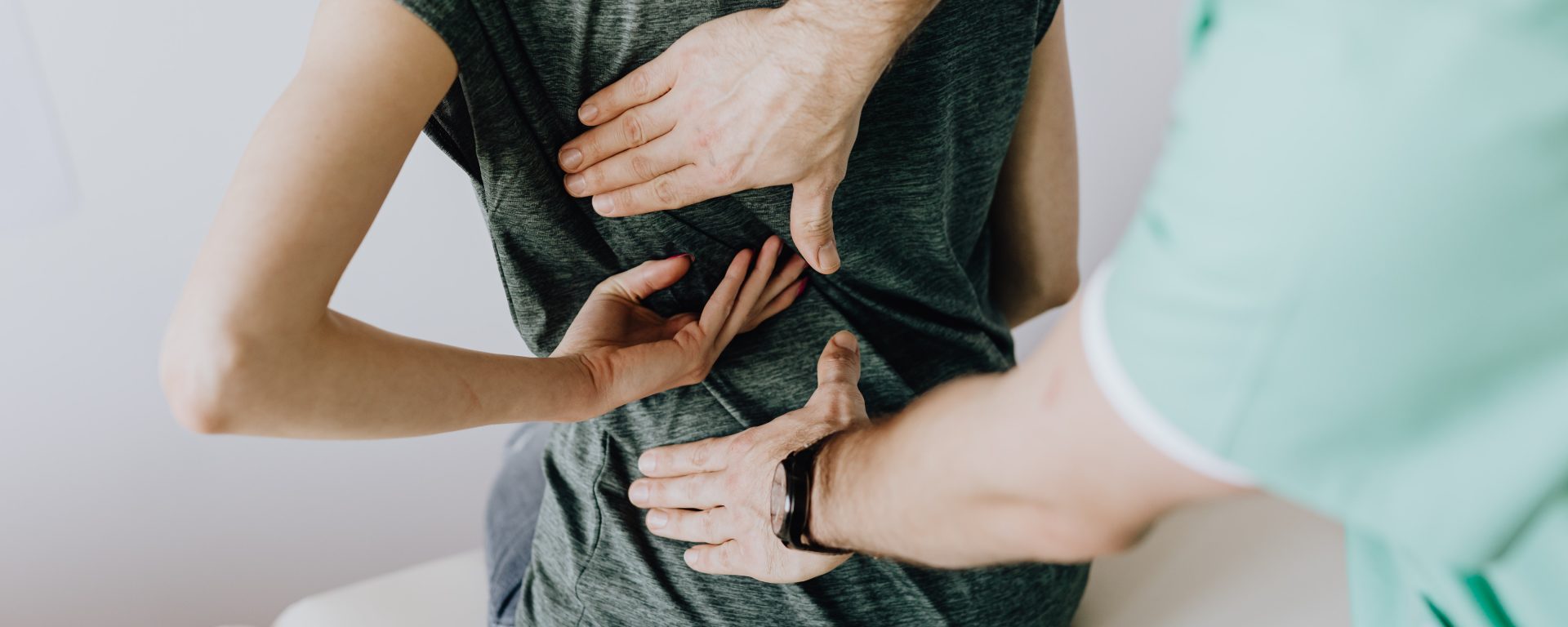In 2021, Georgarakis, et. al., conducted study about Scapular dyskinesis, which is characterized by abnormal movement or function of the shoulder blade, significantly impairs the daily activities and upper limb function of affected individuals. Scapula alata, a prominent protrusion of the shoulder blade during arm elevation, is a common manifestation of scapular dyskinesis. While some cases of scapula alata can be treated with therapy, irreversible causes often necessitate invasive surgical interventions. However, for those who are unable to undergo surgery, the lack of non-invasive scapula assistance severely limits their functional abilities. This study aimed to evaluate the functional improvements achieved through external scapula assistance, providing a novel, non-invasive approach to alleviate the limitations associated with scapula alata.
The study employed a randomized controlled crossover trial design, involving eight participants with scapula alata resulting from muscular dystrophy. The participants performed arm elevations in both shoulder flexion and abduction under three conditions: unassisted (baseline), externally assisted by a trained therapist, and externally assisted using a newly developed textile-based scapula orthosis.
With the assistance of a trained therapist, participants exhibited a significant increase in average arm elevation of 17.3° in flexion (p < 0.001, 95% confidence interval) and 11.2° in abduction (p < 0.01), highlighting the potential of external scapula assistance. When utilizing the textile-based scapula orthosis, participants achieved an average increase of 6.2° in flexion and 5.8° in abduction. Notably, in three participants, the orthosis demonstrated comparable effectiveness to that of the therapist. Furthermore, the orthosis reduced the perceived exertion during a simulated daily living task, as indicated by a 1.25-point decrease on the Borg Scale.
These findings emphasize the significant potential for advancements in orthotics. The textile-based scapula orthosis presented in this study serves as a viable tool for leveraging the benefits of external scapula assistance in real-life scenarios where access to a therapist is limited. By offering non-invasive support, this innovative orthosis can enhance upper limb function and greatly improve the quality of life for individuals with irreversible scapula alata. The study’s outcomes pave the way for future developments in orthotic devices, fostering a new era of therapeutic possibilities for patients with scapular dyskinesis.
Reference: Georgarakis, A. M., Xiloyannis, M., Dettmers, C., Joebges, M., Wolf, P., & Riener, R. (2021). Reaching higher: External scapula assistance can improve upper limb function in humans with irreversible scapula alata. Journal of NeuroEngineering and Rehabilitation, 18(1), 1-14.
